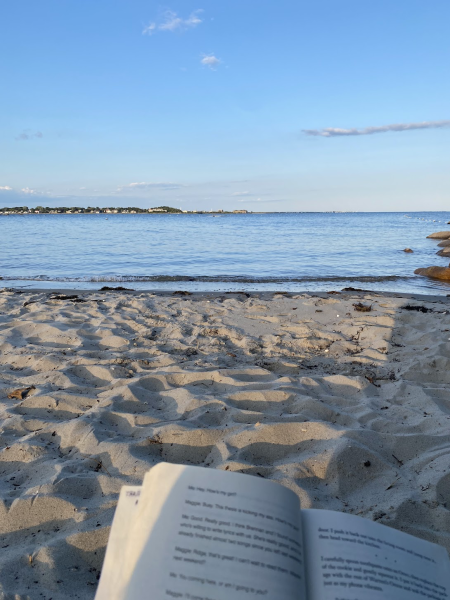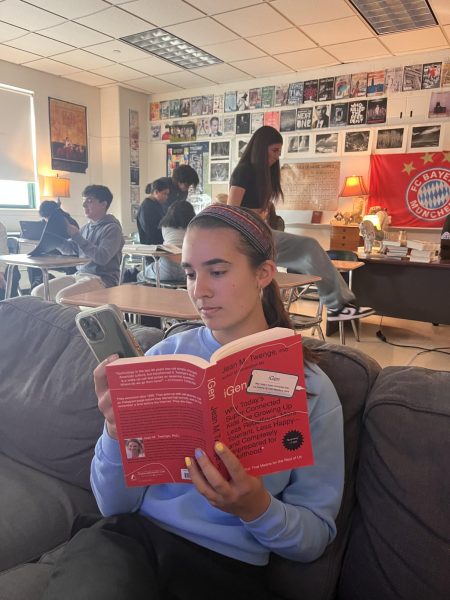AP Seminar: The good, the bad, the ugly

AP Capstone has been a hot topic since its introduction to DHS at the end of the 2014 school year. Whether it is the administration discussing it or participants practicing their presentations, it seems like an almost unavoidable presence looming in the hallways. Even after the assemblies and the brief introduction at the 2014 AP Planning Night, many students still have one question on their minds: What exactly is it?
AP Seminar student and junior Abbey Branco said, “The Capstone program is pretty much a set up for presentations. It’s a training for how to do presentations and research papers.”
In this program, students learn how to garner presentation and writing skills at a college level. According to the course description, each student must do a group and individual presentation, as well as a paper in order to receive the AP credit and the Capstone diploma. Presentations are recorded and sent to the College Board for evaluation on skill and content.
This year, the first part of the Capstone program, AP Seminar, took place after a one-semester AP English Language and Composition class, a program that usually lasts three-quarters of the school year.
Junior Alexis Turgeon said, “We practiced all three prompts multiple times, and it helps that we are using Comp concepts in our writing and essays.” She said she feels quite prepared for the AP Exam this upcoming May.
Branco said that AP Seminar is the first of two classes in AP Capstone. It consists of two presentations and papers: one individual and one group presentation for each.
The Seminar class is geared towards preparing students on how to give factual, interesting, and relaxed presentations, and how to construct college-level papers. The students practice their presentation skills by performing often in front of their classmates, whether it be to present an idea for a paper, or a piece of news they heard.
For an outside observer, the overall feeling in the class was of calm and focus. The students seemed confident and comfortable, sharing and expressing their ideas with one another. They seemed ready to embrace critique.
One problem some seem to have with the AP Capstone program is the $139 exam fee in comparison to $91 for normal AP classes. Robin Quinterno, mother of Branco, said, “I thought it was a lot of money. I make too much for financial aid, but not enough where that isn’t a hardship.”
Despite the increased cost of the AP Capstone exam, many participants think the experience is worth the price and that the skills learned throughout the class are invaluable.
When watching the group presentations that were to be filmed and examined by the College Board, the presentations did not seem like what one typically expects from a high school presentation. The students were poised, well-groomed individuals who seemed informed on their topics.
The Capstone program seems to have done a good job in helping students give concise, informative, and well-executed presentations without nerves getting in the way.
Sophomore Stacie Hartman said she is definitely going to partake in the course since she will “have to know how to research and present “ when she enters college in two years.
The Capstone Program seems like a great investment in time. Next year, when the students move on tosecond AP Capstone class, AP Research, they will be conducting their own research to create a college-level paper. While the workload at times may be challenging, the lifelong skills fostered in the AP Capstone classes are worth the time and increased exam price.






